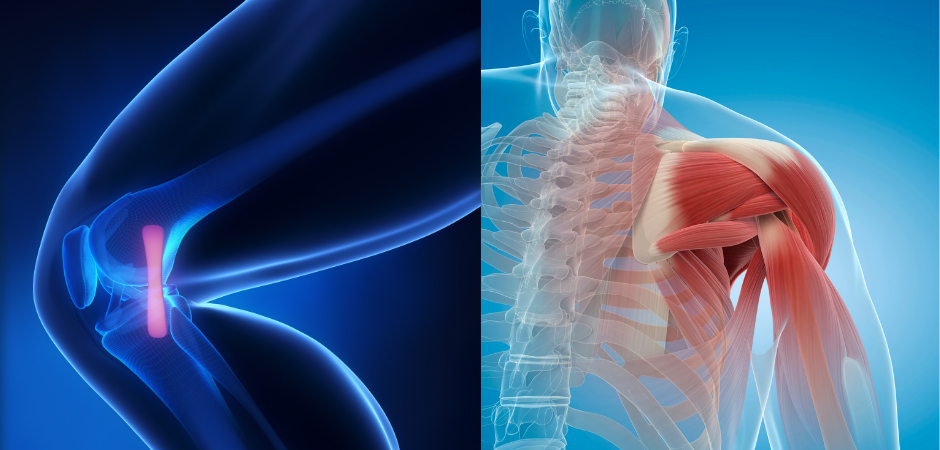Statistically the most commonly filed workers comp claim, strains and sprains account for nearly half of all reported workplace incidents (according to the BLS). Although these two injuries vary significantly, oftentimes workers are clinically diagnosed with a combination strain/sprain injury, which can cause confusion when it comes to determining appropriate treatment and compensation.
To clarify, a sprain is an injury to a specific ligament while a strain is an injury to a muscle. Ligament injuries such as sprains involve a stretching or tearing of the tissue, whereas strains occur in a muscle or tendon and can range from a simple overstretch to a partial or complete muscle/tendon tear. Both sprains and strains are most likely to occur in the manufacturing, moving, transportation, and warehouse industries, however they can happen in virtually any job or industry. Since the treatments, interventions and length of injury for a sprain and strain vary widely, it is imperative that the distinction be made between these two pathologies when accepting a compensable diagnosis for a workers comp claim.

Statistically one of the most commonly reported workplace incidents, strains and sprains account for over 30% of all workers comp claims (according to the BLS).
Since the treatments, interventions and length of injury for a sprain and strain vary widely, it is imperative that the distinction be made between these two pathologies when accepting a compensable diagnosis of strain/sprain. Any sprain diagnosis requires precise objectification of a particular ligamentous compromise and strains require a similar thorough clinical assessment, so any sprain/strain diagnosis should be thoroughly investigated to determine the exact extent of injury and appropriate treatment plan for an injured worker.

Before accepting a sprain/strain type diagnosis in your workers comp claim, make sure the exact clinical details of the compensable injury have been clarified and presented and there is no confusion about which of these two common workplace injuries is being treated. This way, you can avoid unnecessary interventions and develop the best treatment plan to help the injured worker return to work as safely and quickly as possible. Also, consider utilizing objective clinical evaluations such as Early Compensability Assessments and Physician Peer Review to ensure that the exact extent of injury has been identified and the appropriate measures are being taken to treat the compensable injury.



